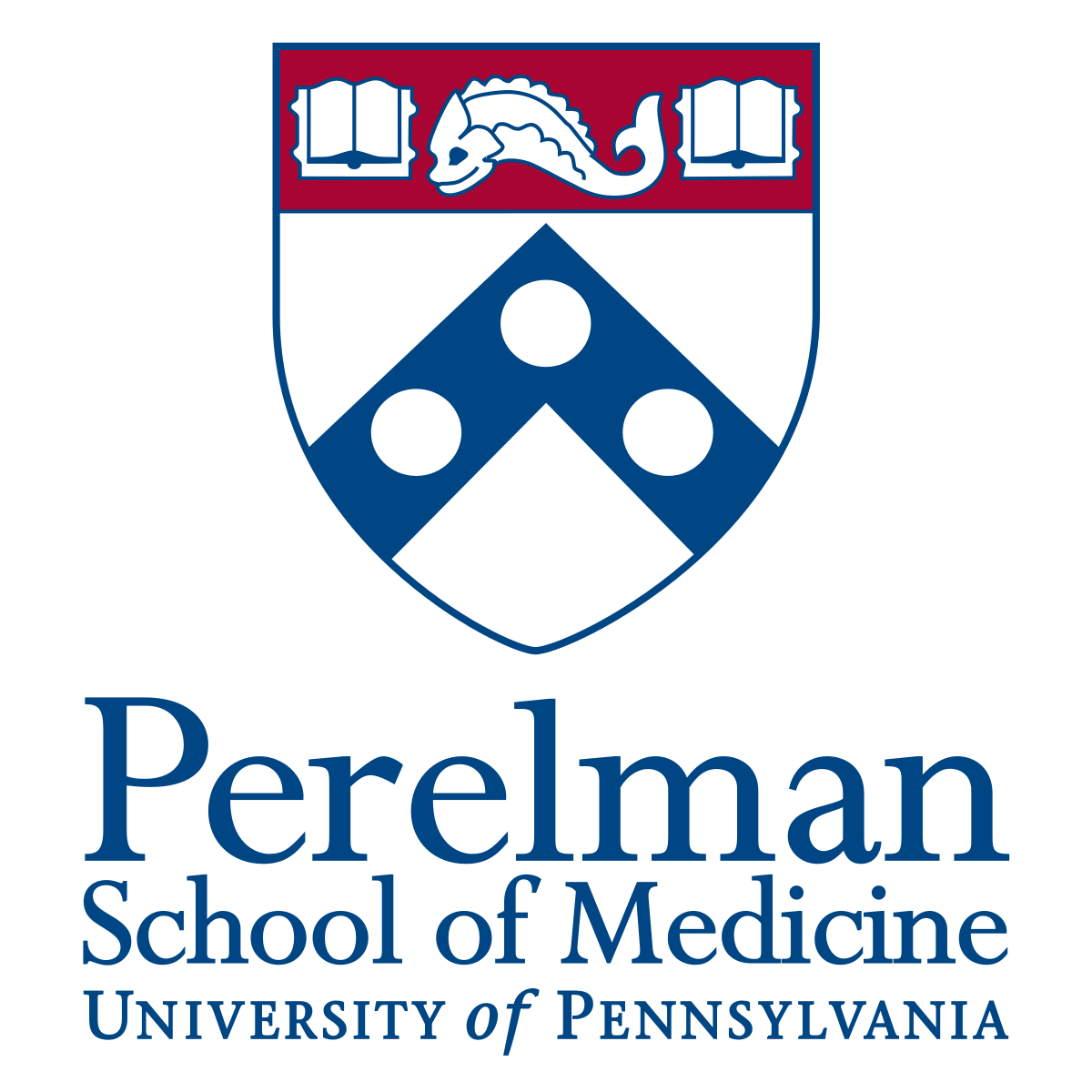Oren Friedman, MD
Prospective Evaluation of Therapeutic and Aesthetic Outcomes Following Nasal Surgery
This study will look at different methods for diagnosing and measuring nasal structure, nasal and facial aesthetics (attractiveness), nasal blockages and measuring improvement from surgery. We will use measurements, imaging, surface molds, and questionnaires to figure out
how severe nasal obstructions are before, during, and after surgery. This study also looks at how often surgeons use different surgical methods, their reasons for choosing those methods, and the results of each method. It will also study the usefulness and patient satisfaction of 3D imaging in nasal surgery. If you decide to join the study, you will let the researchers collect information from your medical record.
Subject Population:Adults who are planning to have nose surgery
Duration of Subject Participation: Through your normal pre-operative and post-operative follow up
Contact: Dr. Oren Friedman (215) 829-5180
Characterizing the Empty Nose Syndrome Patient Population: A Retrospective Case Series
This research study is being done to learn more about Empty Nose Syndrome and people who have it. People with this condition have things like a stuffy nose, trouble breathing through the nose, crusting of the nose, face pain, and trouble smelling things. If you decide to join the study, you will answer a brief telephone survey about your symptoms.
Subject Population: Adults who have Empty Nose Syndrome
Duration of Subject Participation: About 5 minutes
Contact: Dr. Oren Friedman (215) 829-5180
Understanding Characteristics of Cartilage of the Nasal Septum
This research study is being done to better understand how cartilage in the head and neck responds to manipulation after it is removed from the body and reimplanted, and how to grow cartilage for reconstruction of defects within the head and neck. If you decide to join the study, you will be asked to let the researchers use leftover tissue (that would otherwise be thrown away) during your planned operation for future research studies.
Subject Population: Adults who are planning to have surgery within the head and neck involving cartilage
Duration of Subject Participation: 1 day
Contact: Dr. Oren Friedman (215) 829-5180
Comparing Rhinoplasty Outcomes: Static vs Dynamic Collapse and Modalities of Repair
Rhinoplasty Collective
The purpose of this study is to examine the relationship between anatomic cause of nasal obstruction, type of repair performed, and outcome achieved. In this multi-site, retrospective, observational study of rhinoplasty interventions performed and the outcomes achieved by rhinoplasty surgeons across the U.S. and Canada, objective and QoL measures of nasal obstruction will be collected from pre-op measurements and data collected from 3 post-op visits in patients who underwent rhinoplasty.
Daniel Becker, M.D.
Reducing Prescriptions for Narcotic Pain Medication after Sinus Surgery and Rhinoplasty
epidemiology – open
200 patients undergoing functional or cosmetic nasal surgeries in the PI’s surgical practice are given a questionnaire to record their pain levels and the number of narcotic pain pills and tylenol taken for 3 days post-op. Half will be asked to complete this questionnaire retrospectively via phone, and half will receive it at their pre-op visit. The type of surgery, patients age, gender, & smoking status will be recorded.
Reducing Prescriptions for Narcotic Pain Medication after Sinus Surgery, Part II
epidemiology – open
A pilot study at the University of Pennsylvania suggests that patients use significantly fewer narcotic pain pills than prescribed after sinus surgery. The pilot study further suggests that identical care can be provided with fewer leftover pain pills. With this background, this project is a MULTI-INSTITUTIONAL STUDY to examine the narcotic prescription pattern at University-based practices across the country.
